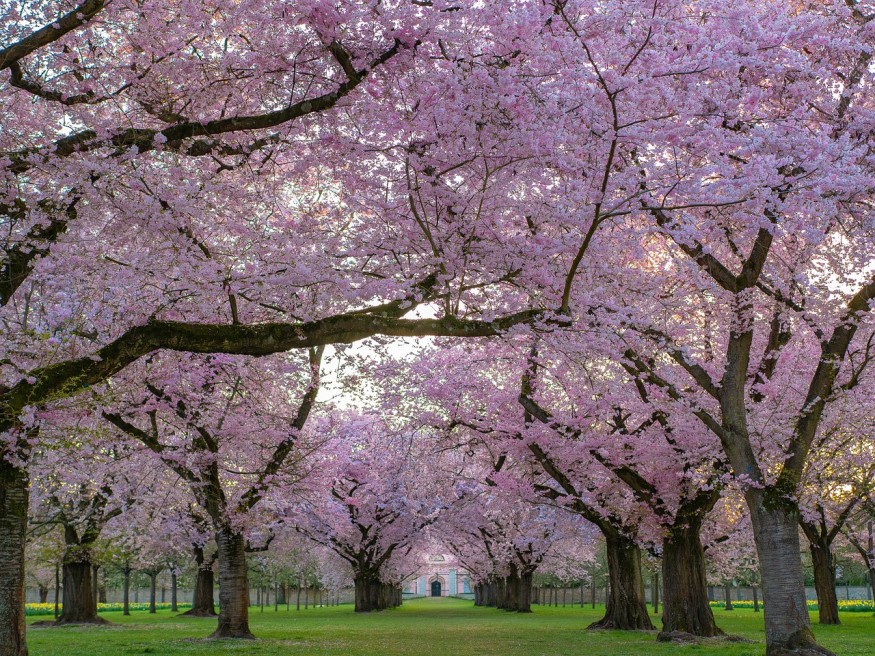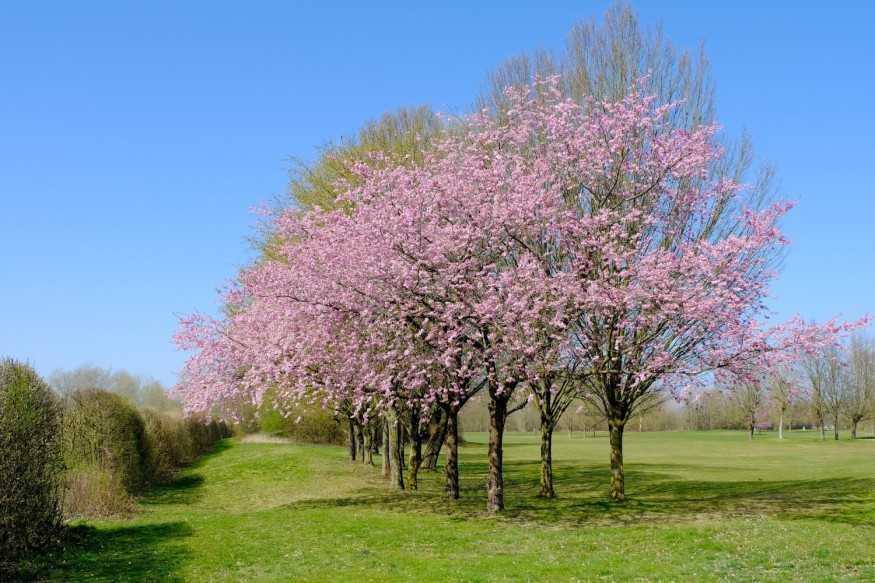
South Korean scientists said that the colorful tree of cherry blossoms can actually be used to fight climate change with its ability to offset greenhouse gases.
Cherry trees vs. Climate change
According to the report from UPI on Tuesday, a study by South Korea's Forest Research Institute indicated that every single 25-year-old cherry tree has the ability to absorb about 20 pounds of carbon emissions each year.
Furthermore, the country's cherry trees are capable of absorbing about 2.4 tons of carbon. That is roughly equivalent to the emissions of 6,000 cars every year wherein 250 mature cherry trees can absorb a single car's emission.
However, compared to other types of trees such as Black walnut, horse-chestnut, Douglas fir and pine trees, the amount of carbon absorbed by cherry trees may pale in comparison. According to the Environment Protection Agency (EPA), the average mature cherry tree can absorb 48 tons per year.

Viewing of Cherry Blossoms
South Korea's cherry trees are currently in bloom and viewing them at this time is a popular activity in the country. But due to the restrictions currently employed by the government because of the COVID-19 pandemic, it has limited the popular practice.
On Sunday, local television network KBS reported that the South Korean government has extended social distancing guidelines for another two weeks. This means that crowding is strictly discouraged until April 19.
South Korean parks have taken pre-emptive measures to prevent crowding just like how authorities in Gwangju's Incheon Reservoir did wherein they already blocked the entrance bridge in the middle of the reservoir.
Those who came out to see the cherry blossoms wore masks although they were frustrated with the restrictions due to the coronavirus. South Korea is one of the first countries to witness a major outbreak of the deadly virus.
Trees: Nature's Purifier
Trees absorb carbon emissions just like how humans inhale oxygen. The carbon emissions that were inhaled by the trees are then distributed to its trunks, roots, branches and leaves. A cherry tree that has reached at least 20 years of age are believed to absorb carbon better than those younger or very old trees.
Within a couple of hundreds of years as the tree dies and decays, a significant amount of carbon is eventually released back into the atmosphere. There is also a small amount of carbon released during respiration and the total amount of carbon that trees can inhale is also finite.
Many government programs around the world are already in place dedicated to planting trees to help increase forested areas. Environmentalists have long proposed planting massive amounts of trees to counter climate change and global warming.
A 2019 research also indicated that up to two-thirds of carbon emissions currently in the atmosphere could be absorbed. This prompted efforts from scientists to promote more tree planting activities as a powerful tool to fight climate.
Researcher Professor Tom Crowther of the Swiss University ETH Zürich said in an interview, that reforestation is not just one of climate change solutions, but it is overwhelmingly the top one.
"What blows my mind is the scale. I thought restoration would be in the top 10, but it is overwhelmingly more powerful than all of the other climate change solutions proposed," said Crowther.
Read also: Lockdown Effect: Impossible View of the Himalayas Captured by Photographers in India After 30 Years
For more updates, like the Science Times page on Facebook or Sign up for our newsletter.












